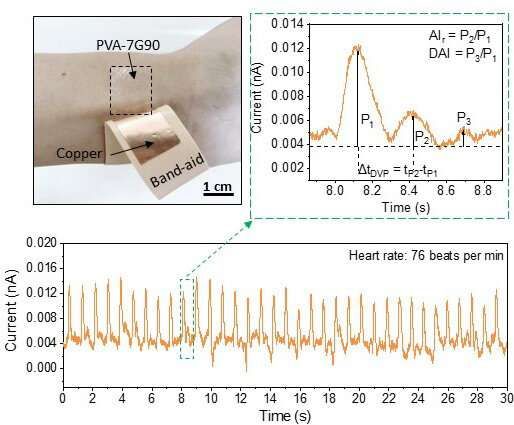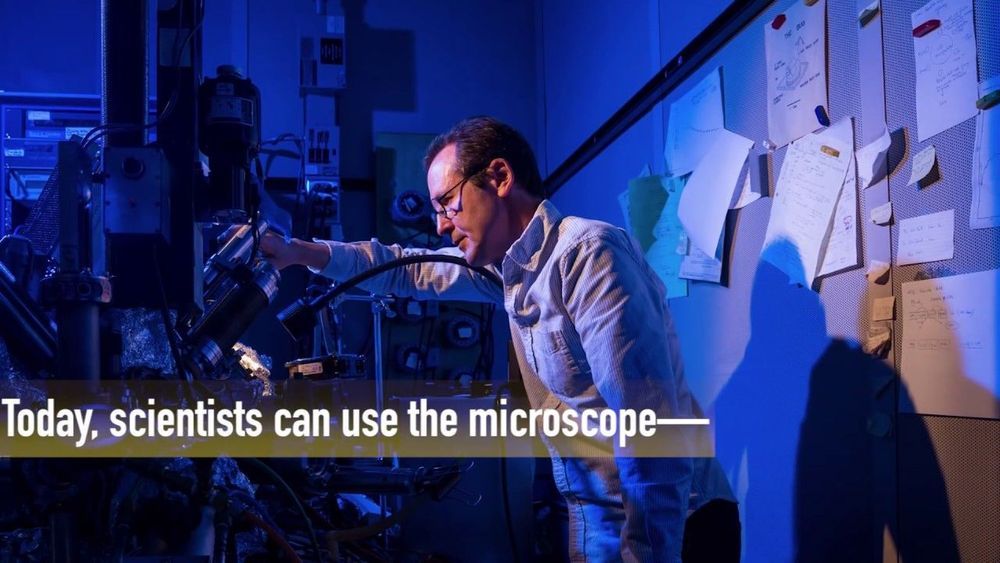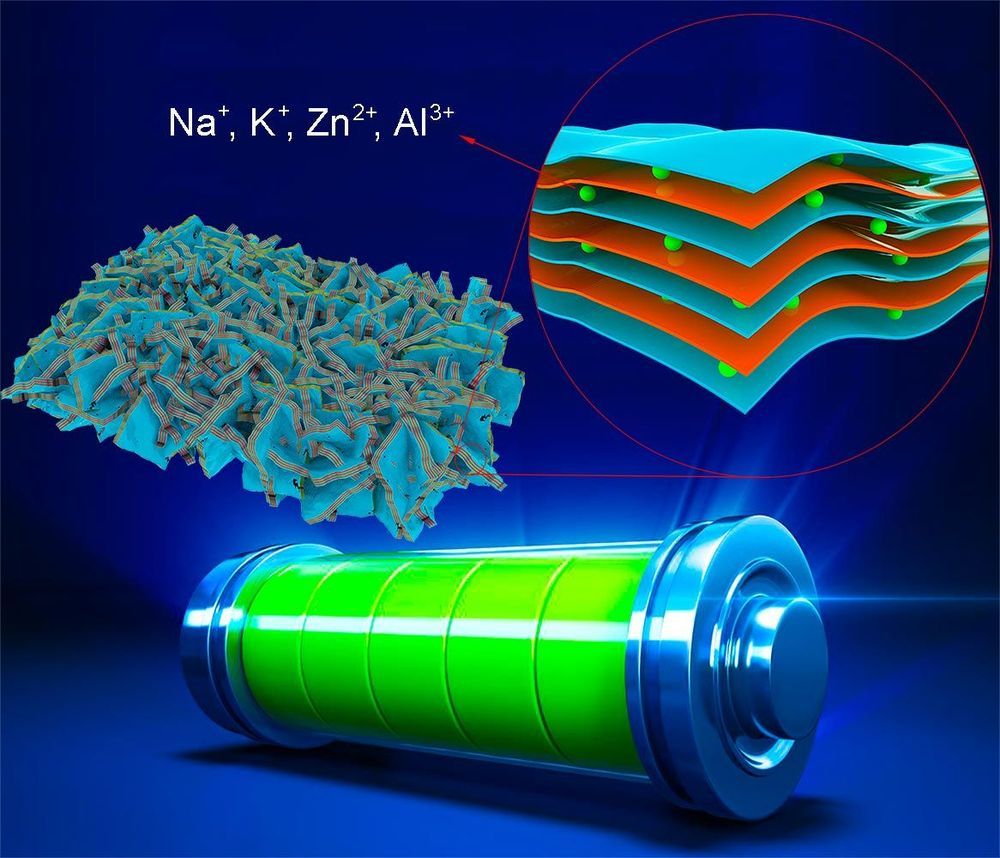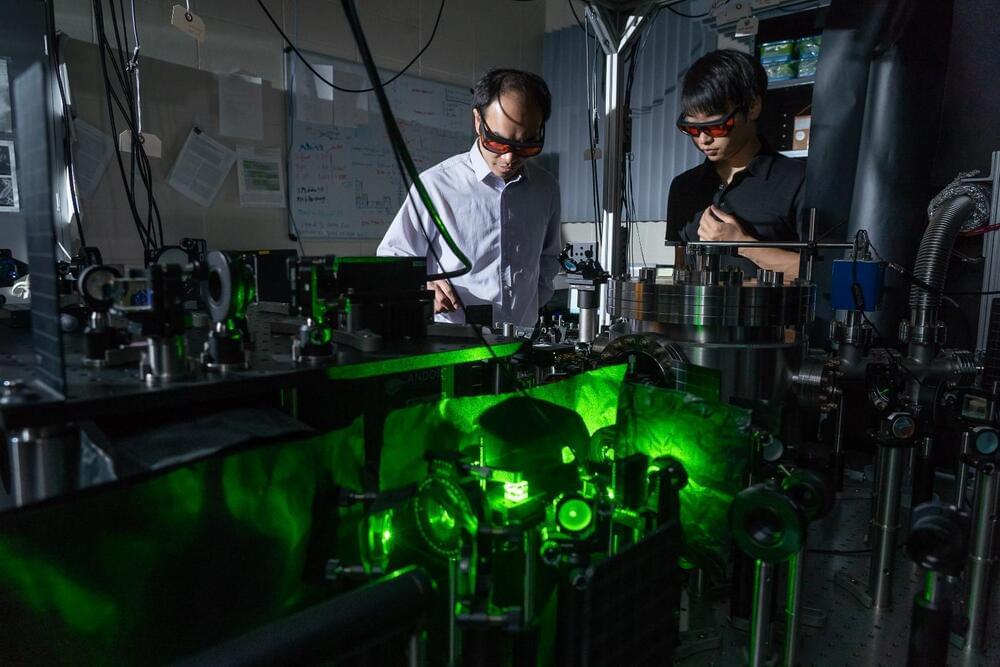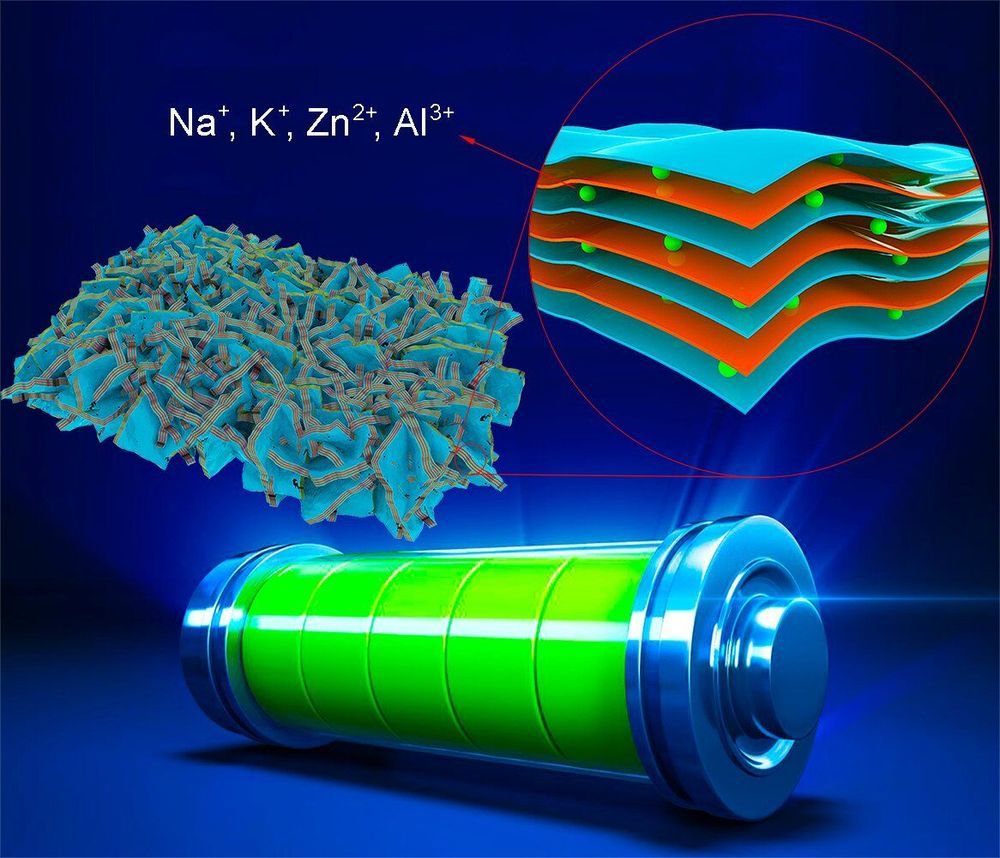Circa 2018
Back in July 2018, researchers at Purdue University created the world’s fastest-spinning object, which whipped around at 60 billion rpm – and now that seems like the teacup ride at Disneyland. The same team has now broken its own record using the same technique, creating a new nano-scale rotor that spins five times faster.
Like the earlier version, the whirling object in question is a dumbbell-shaped silica nanoparticle suspended in a vacuum. When it’s set spinning, this new model hit the blistering speed of over 300 billion rpm. For comparison, dentist drills are known to get up to about 500,000 rpm, while the fastest pulsar – which is the speediest-spinning known natural object – turns at a leisurely 43,000 rpm.
Setting this record involves shining two lasers at the nanoparticle. One holds it in place, while the other starts it spinning. When the photons that make up light strike an object, they exert a tiny amount of force on it, known as radiation pressure. Normally this force is too weak to have any noticeable effect, but in a vacuum where there’s very little friction record speeds can be reached. That’s the case here, and it also applies to the concept of light sails, which could one day propel spacecraft at high speeds.
